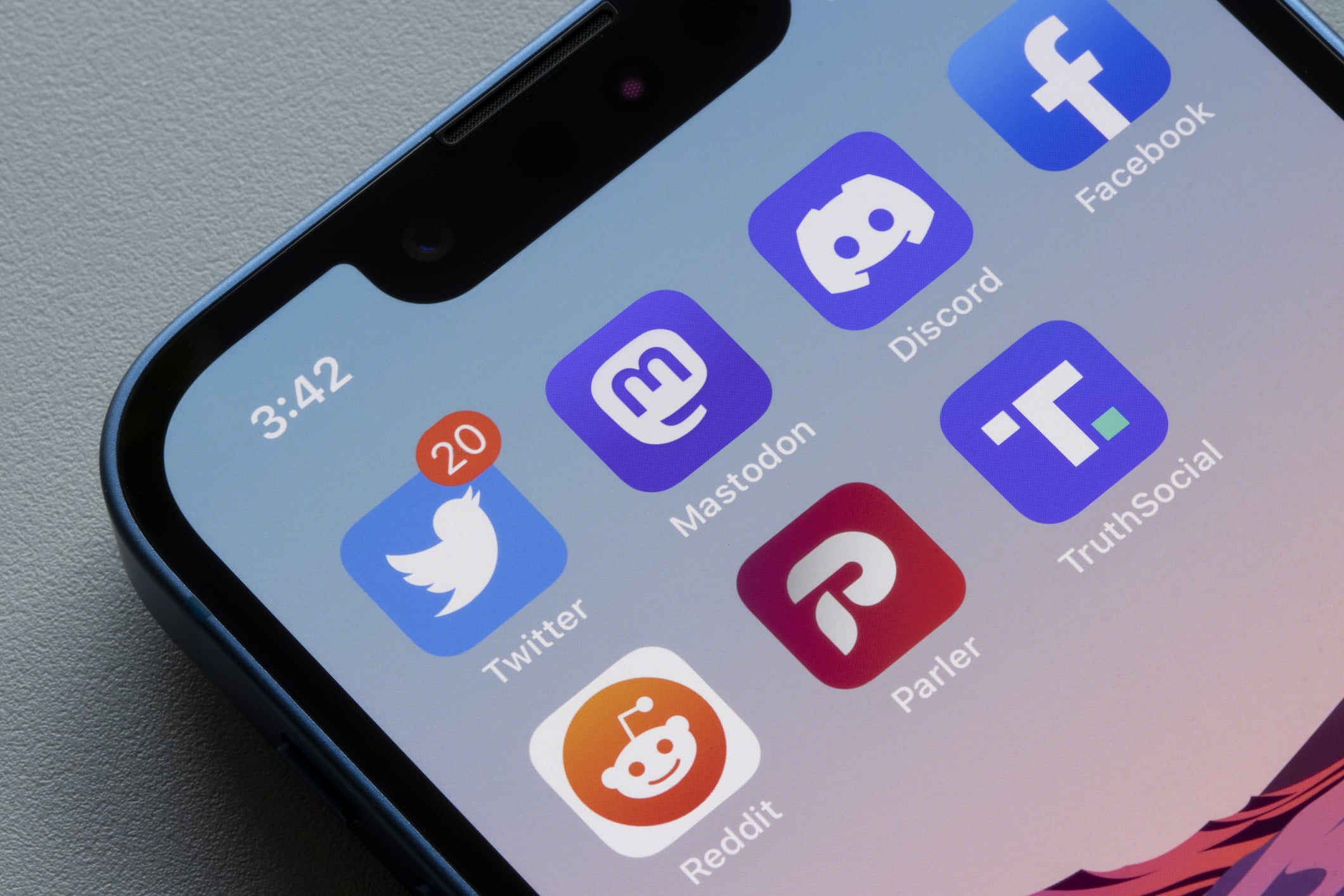
Search Everywhere Optimisation Cardiff
By pinnacleadmin / 14 May 2025 / Digital Marketing / 9 min read
Search Everywhere Optimisation Cardiff: Why It Matters More Than Ever
Getting your business found online isn’t just about ranking on Google Search anymore. People are now using multiple platforms and technologies to find what they need — from AI tools like ChatGPT to voice search assistants, and even browsing social platforms like TikTok, YouTube, and Instagram. Your target audience could be searching through Google Maps, the Google Play store, or even asking questions in forums like Reddit or Quora.
If your business content isn’t showing up in these search results, you’re missing valuable opportunities to generate organic traffic and connect with local customers.
That’s where Search Everywhere Optimisation comes into play. It’s a smarter, broader digital marketing approach — one that helps improve your local SEO rankings, increase brand presence, and drive visibility beyond just the usual search engines.
What Is Search Everywhere Optimisation?
Search Everywhere Optimisation (sometimes referred to as SEO 2.0) is the practice of making sure your business can be discovered wherever users search — not just on traditional search engines like Google or Bing.
Unlike older SEO strategies that focused mostly on ranking for google search results, this method looks at the full spectrum of modern search behaviour. That includes how people ask questions on AI tools, how they find recommendations through short form videos, and how they locate services using apps and mobile devices.
In short, Search Everywhere Optimisation means creating and structuring your website content, video content, and digital footprint to perform well across:
- Google and Bing
- YouTube search
- TikTok and Instagram search
- Amazon product searches
- ChatGPT and generative AI tools
- Voice search (Alexa, Google Assistant)
- Google Maps and local search results
- Online forums like Reddit and Quora
- App stores and directories, such as the Google Play store
If people are using it to search, your business should be optimised for it.
This involves using relevant keywords, building up local citations, including local keywords, crafting engaging content, and ensuring that your material includes well-structured content written for humans (not algorithms). You should also consider optimising titles, adding high quality images, using niche hashtags, and delivering a seamless experience across e-commerce, service, and information-based touchpoints.
Ultimately, it’s about reaching your target audience wherever they choose to look — and making sure they find useful, honest, and easy-to-understand answers when they do.
Why Cardiff Businesses Need to Care
Cardiff is full of fast-growing businesses — from independent cafés and tradespeople to digital startups and e-commerce shops. But with so many competitors in the local area, standing out online isn’t easy. Your target audience might be using a mix of search engines, voice search, social media, or even generative AI tools to find what they need. If your business isn’t showing up in those spaces, you’re simply not being seen.
Take a practical example. Someone looking for a plumber in Canton might say, “Alexa, find a local plumber near me.” Another might search TikTok for a how-to video on fixing a tap and discover a local tradesperson in the comments. Meanwhile, a user could ask ChatGPT, “Who’s the most recommended emergency plumber in Cardiff?” and get a result based on structured and trusted website content.
Or imagine a small bakery in Roath that’s posting weekly baking tips on Instagram Reels, uses relevant hashtags, shows up on Google Maps with 5-star reviews, and writes keyword-rich blog posts about allergen-friendly baking. By combining video content, local SEO, and good old-fashioned reputation, they’re connecting with local customers across platforms.
These are all examples of Search Everywhere Optimisation in action. And they prove one thing clearly: if you only build content for Google Search, you’re only tapping into one stream of traffic. Today’s users search in varied, unpredictable ways — and that means your marketing strategy needs to be broader, smarter, and more responsive to how people behave.
Whether it’s through short form videos, app stores, or voice commands, visibility across channels is now a necessity — especially in a competitive city like Cardiff.
How to Start Search Everywhere Optimisation In Cardiff
You don’t need to be everywhere all at once. The best approach is to begin with the platforms your target audience already uses — then expand gradually as you build momentum.
1. Refresh your website content
Ensure your website content is informative, easy to navigate, and addresses real customer queries. Avoid keyword stuffing and focus on clarity. Incorporate relevant keywords, local keywords, and add high quality images, FAQs, and updated contact information. This will improve your presence in both google search results and AI-generated answers.
2. Optimise your Google Business Profile
An accurate, engaging Google Business Profile boosts visibility on Google Maps and enhances your local SEO. Upload current photos, reply to reviews, list services, and keep opening hours up to date. This is crucial for being found via mobile devices, voice search, and local search tools.
3. Create short-form video content
Platforms like TikTok, Instagram, and YouTube Shorts are ideal for grabbing attention. You don’t need high-end production — just practical, honest clips. Use short form videos to explain your service, highlight products, or answer common questions. Add niche hashtags, relevant hashtags, and geotags to attract local customers.
4. Write useful posts and guides
Educational blog posts and how-to articles help position your brand as a trusted resource. They also improve visibility on search engines and AI tools like ChatGPT. Think about what your customers are asking, then answer it thoroughly. This not only attracts organic traffic, but also supports your long-term SEO strategy.
5. Use the same language your customers use
Pay attention to how people search for your services. If your audience types “affordable wedding photographer Cardiff,” include that phrase naturally in your content. This approach to keyword research improves both search engine and AI tool discoverability without resorting to outdated tricks.
6. Check where your competitors are showing up
Study your competition. Are they ranking on Amazon for product searches? Getting mentioned in forums like Reddit? Ranking with strong app store profiles? Use this insight to refine your marketing strategy — and aim to outperform them with better, more engaging content and smarter use of social platforms.
Each step is a practical move toward building visibility across search engines, platforms, and digital touchpoints — all while staying focused on what really matters: being found by the people who are already looking for what you offer.
How to Measure Success
Tracking your progress is essential to see if your efforts are working. Use tools like Google Analytics, Google Search Console, and platform-specific dashboards like TikTok Insights, YouTube Analytics, or Instagram Business tools. These can show you where your organic traffic is coming from, what content performs best, and which channels are most effective.
Key metrics to monitor include:
- Organic traffic from multiple sources
- Engagement rates on social and video content
- Keyword rankings across search engines and tools
- Click-through rates (CTR) from search and social platforms
Set realistic, achievable goals tied to business outcomes — such as increasing visibility on Google Maps, boosting product searches, or growing video views from TikTok. Regularly review the data, adjust your SEO strategy, and continue refining your content based on what performs best.
Quick Start Checklist
Here’s a simple checklist to get your Search Everywhere strategy off the ground:
- Refresh your website content with helpful answers and clear structure
- Optimise your Google Business Profile for local SEO and voice visibility
- Create short form videos and share them across relevant social platforms
- Use relevant hashtags and local keywords on social and blog content
- Publish regular blog posts or guides that solve customer problems
- Monitor competitors across different search engines and channels
- Track performance using analytics and adjust based on the results
Final Thoughts
Search behaviour has evolved — and it’s not going back. From Google Search and social media to AI tools and voice assistants, people are discovering businesses through a growing number of channels.
If your content is stuck in outdated practices like keyword stuffing or focusing only on traditional search engines, it’s time to rethink your marketing strategy. Search Everywhere Optimisation is about creating relevant, accessible, and in-depth content that helps your business show up — wherever your audience is searching.
Start small. Stay consistent. Use local keywords, post valuable content, and build out from there.
If managing it all feels overwhelming, contact Pinnacle Internet Marketing on 02920 519020. You don’t have to do everything at once — but you do need to make sure you’re not invisible in the places people are actually looking.
FAQs
Do I need to be on every platform?
No — start with the 1–2 platforms where your target audience is already active. This helps you build a consistent presence without stretching your resources. As you grow, you can expand across other search engines, social platforms, and tools like voice search and AI tools.
Is this only for big businesses or e-commerce?
Not at all. Small businesses in Cardiff — from cafés to tutors to tradespeople — benefit just as much, if not more, by using Search Everywhere Optimisation to connect with local customers. The key is crafting engaging content, being visible on Google Maps, and responding to how users search in your niche.
How long does it take to see results?
Some platforms offer quick wins — for example, short form videos on TikTok or Instagram may pick up views immediately. For SEO strategy improvements on search engines, expect progress over weeks or months. Either way, tracking your organic traffic helps you see what’s working and what needs refining.
How do AI tools like ChatGPT find my content?
AI tools use reliable and up-to-date website content to deliver their responses. That means content needs to be well-written, accurate, and structured for easy reading. Using relevant keywords, headings, and useful FAQs (like this section) makes it easier for your business to appear in these newer search results.









